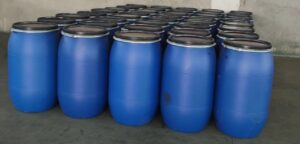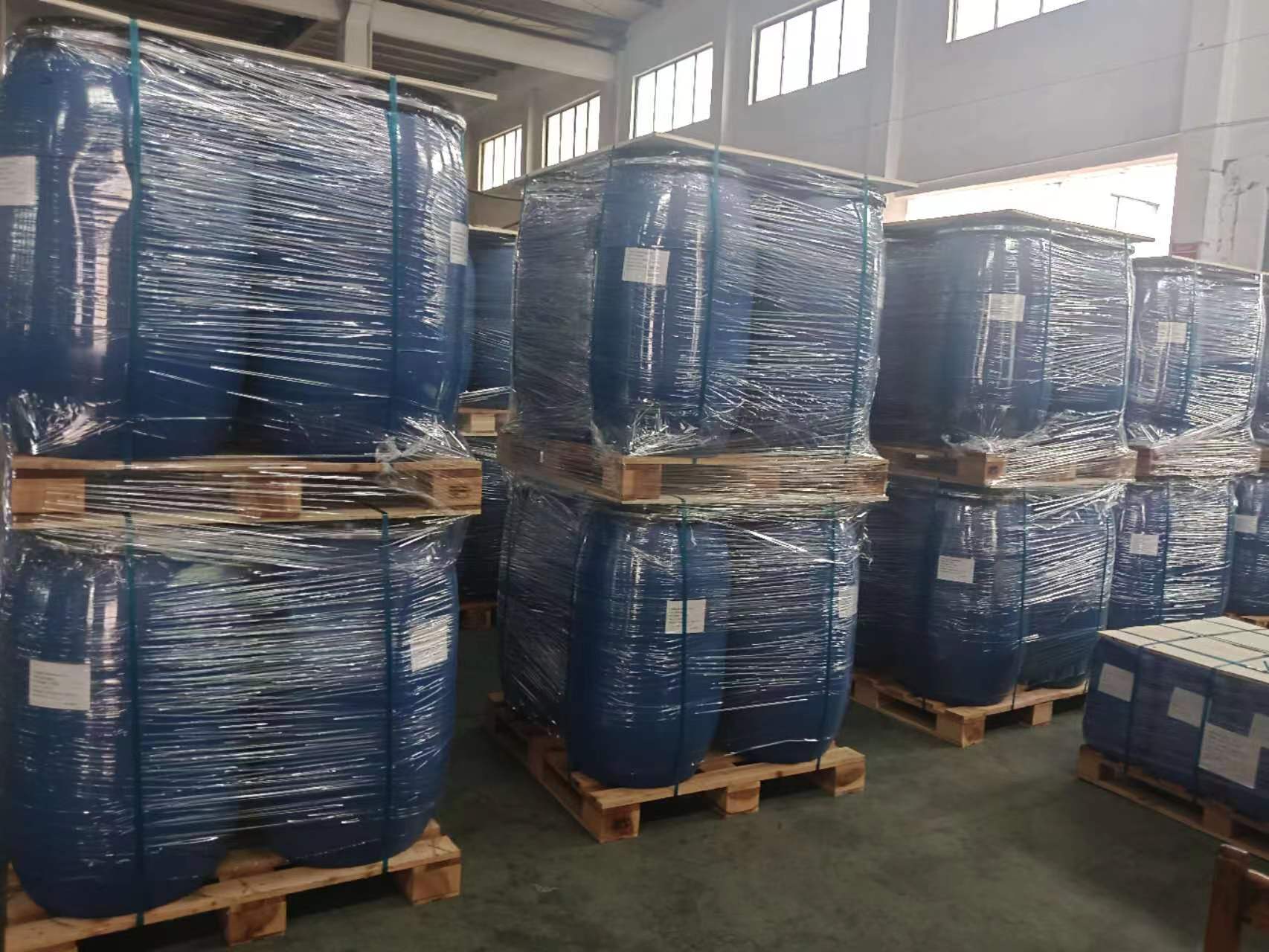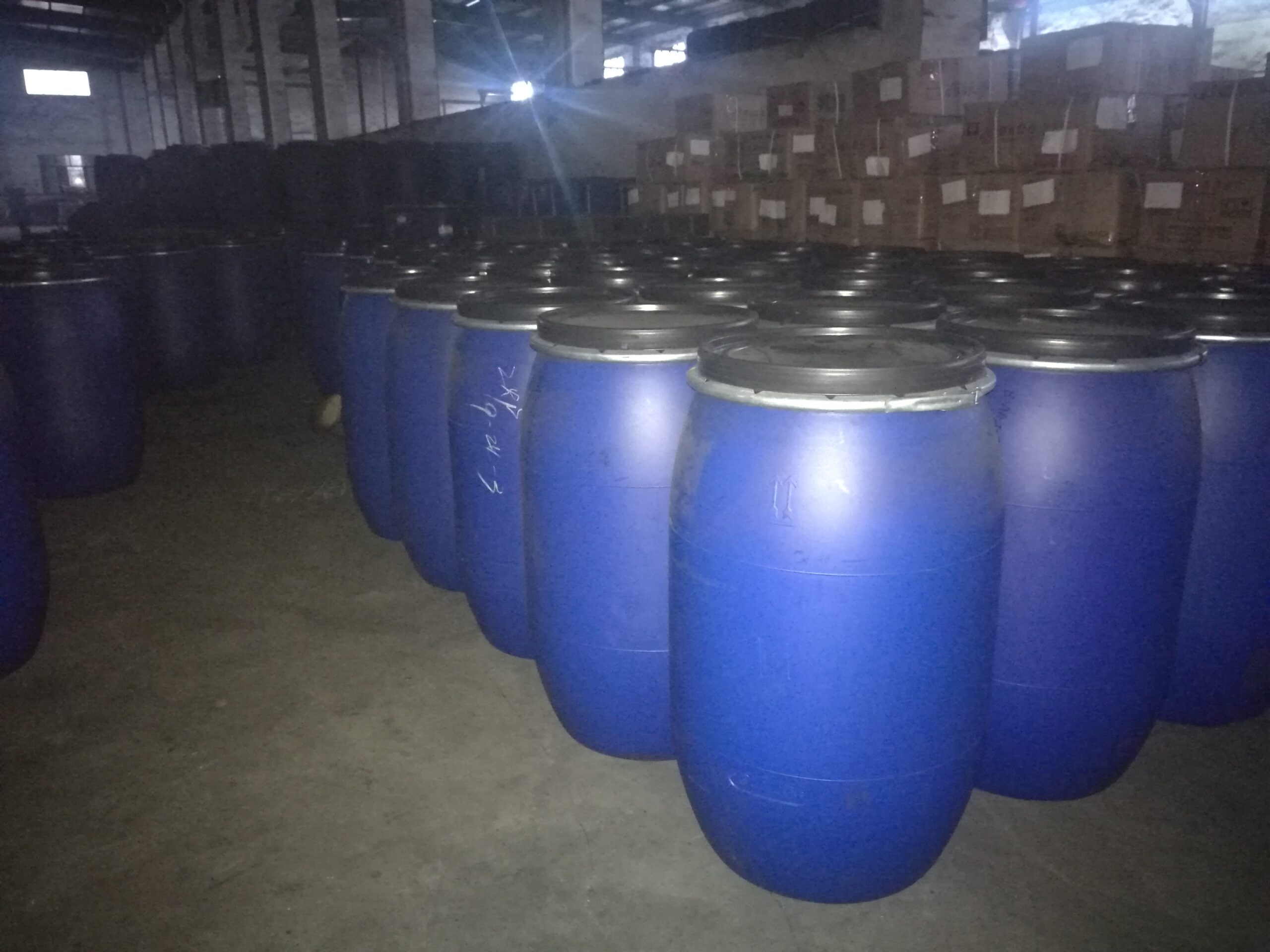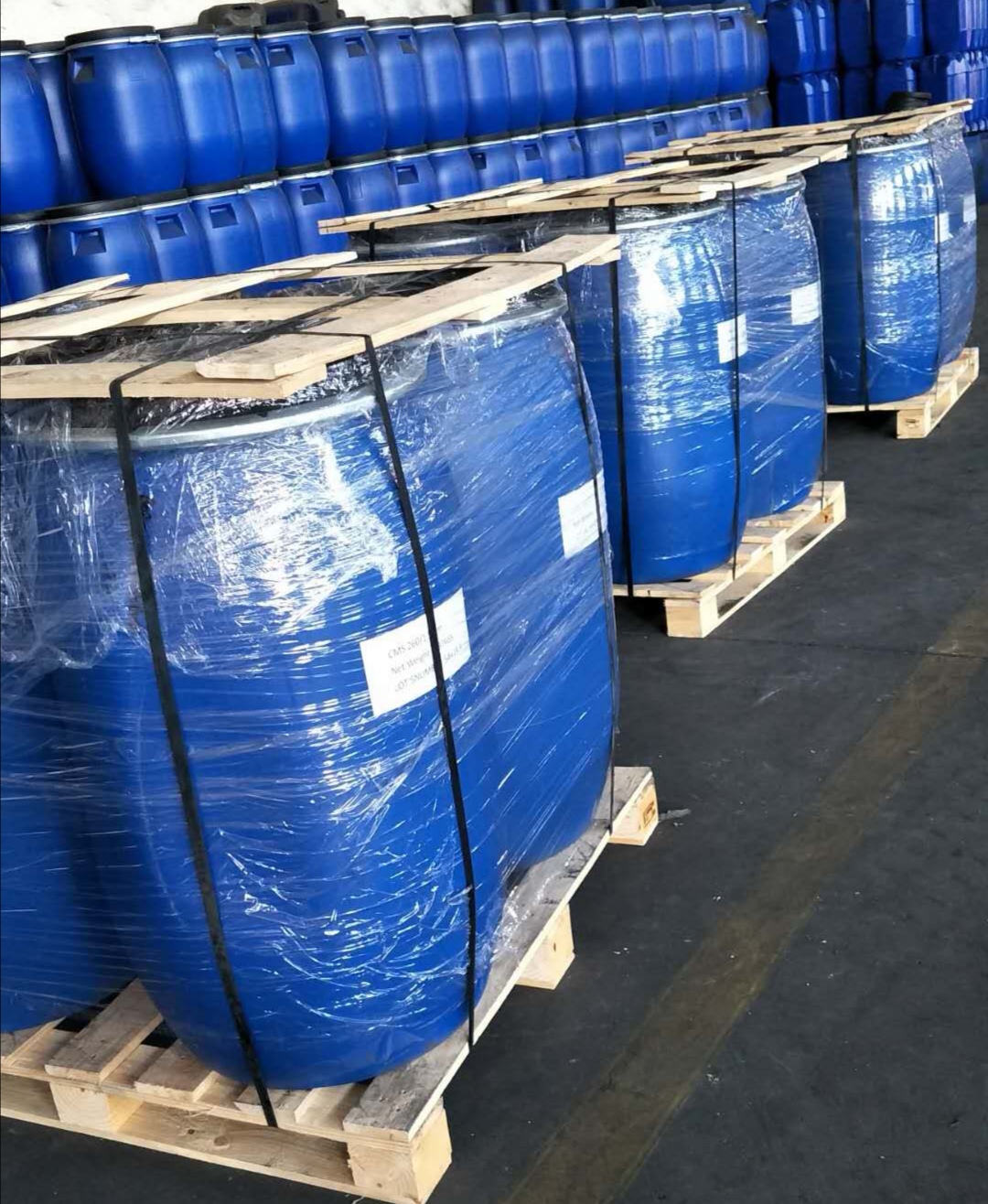If the carbon molecular sieve in the nitrogen generator gets contaminated by oil or water, how should it be replaced?
In the gas separation and treatment industry, the role of the nitrogen generator is indispensable, and the core component, the carbon molecular sieve, is the key to ensuring its efficient operation. However, during the use of the nitrogen generator, the carbon molecular sieve often faces the problem of contamination by oil and water, which leads to a decline in performance and subsequently affects the service life of the entire machine. Recently, we have conducted a series of studies on this issue, exploring how to deal with the replacement and maintenance of the carbon molecular sieve in the presence of oil and water contamination. This article will analyze from multiple perspectives to provide users with solutions.
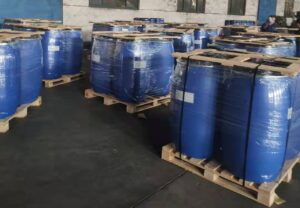
1. Basic Principles and Importance of Carbon Molecular Sieves
Carbon molecular sieves are a powerful substance that is widely used in nitrogen generators, mainly for separating nitrogen and other gases. Their working principle is to separate nitrogen and other gases by physical adsorption based on the size and shape of different gas molecules. Carbon molecular sieves have high selectivity and adsorption efficiency, which is the key to the normal operation of the nitrogen generator.
2. The Impact of Oil and Water Contamination
In practical applications, nitrogen generators are prone to be affected by environmental factors, especially oil and water contamination. Once the mixture of oil and water comes into contact with the carbon molecular sieve, it will cause the following effects:
· Reduced adsorption performance: The presence of oil and water will cover the surface of the carbon molecular sieve, hindering the adsorption of gas molecules, resulting in a significant decline in the separation efficiency of nitrogen.
· Shortened service life: Long-term oil and water contamination will cause changes in the structure of the carbon molecular sieve, affecting its strength, and ultimately leading to the need for equipment replacement.
· Increased operating costs: Due to the decline in separation efficiency, the energy consumption of the nitrogen generator will increase, thereby leading to an increase in operating costs.
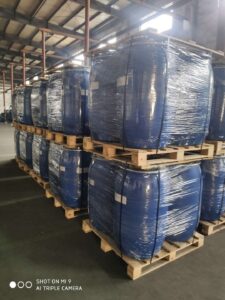
3.Detection and Replacement Methods
We recommend that users conduct regular inspections of the carbon molecular sieve to determine whether it needs to be replaced. Here are some effective methods for detection and replacement:
. Regular inspection: Periodically conduct a comprehensive inspection of the operation status of the nitrogen generator, paying special attention to the changes in nitrogen purity.
. Nitrogen purity detection: Use instruments to detect the purity of nitrogen. Once the purity is below the standard, consider replacing the carbon molecular sieve.
. Replacement process: Replacing the carbon molecular sieve requires a certain process, including shutting down the machine, removing the old material, cleaning, and installing the new material, etc.
4. Selecting the Appropriate Carbon Molecular Sieves
According to different application requirements, there are various types of carbon molecular sieves available on the market. Users need to be cautious when choosing. The high-quality carbon molecular sieves supplied by Aimrise Industrial have excellent resistance to oil and water contamination, which can maximize the service life and improve operational stability. Choosing high-quality carbon molecular sieves can effectively reduce failure rates and maintenance costs.
